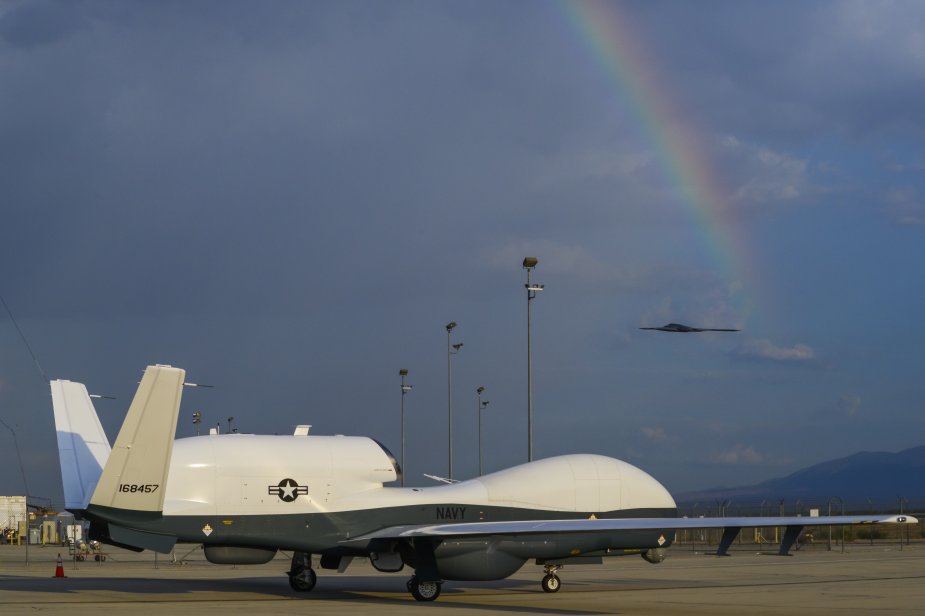According to a PR published by Northrop Grumman on June 21, 2023, the company has successfully handed over the fourth MQ-4C Triton multi-intelligence drone to the U.S. Navy, pushing towards achieving Initial Operational Capability (IOC) this year.
Follow Navy Recognition on Google News at this link
 MQ-4C Triton Unmanned Aerial Vehicle. (Picture source: Northrop Grumman)
MQ-4C Triton Unmanned Aerial Vehicle. (Picture source: Northrop Grumman)
This delivery marks the completion of the required aircraft set for the Unmanned Patrol Squadron (VUP) 19's inaugural operational orbit. The second orbit is being prepped for delivery in the summer.
Once the three planned orbits are fully operational worldwide, the Triton multi-intelligence unmanned aircraft will offer round-the-clock unparalleled maritime surveillance.
About the drone
The MQ-4C Triton is an advanced unmanned aerial vehicle (UAV) developed by Northrop Grumman specifically for the United States Navy. It is designed to carry out long-duration surveillance and reconnaissance missions in maritime environments. The Triton has impressive capabilities that enable it to operate at high altitudes, remain in the air for over 30 hours, and reach speeds of up to 330 knots.
One of the key features of the Triton is its powerful surveillance sensor, the AN/ZPY-3 Multi-Function Active Sensor (MFAS). This X-band AESA radar provides a 360-degree field-of-regard and can survey large areas of sea and land, covering millions of square miles within a 24-hour period. It is also capable of operating in all weather conditions, ensuring target identification regardless of the environment.
The Triton is equipped with advanced technology to automate target classification. It can capture high-definition radar pictures and use the onboard Automatic Identification System (AIS) to classify targets without human intervention. This automation reduces the workload for operators who only need to set the operating parameters of the aircraft.
In addition to its capabilities at high altitudes, the Triton has the ability to descend rapidly to lower altitudes. It is built with a robust fuselage to withstand potential hazards such as hail, bird strikes, and lightning.
At lower altitudes, the Triton utilizes the Raytheon MTS-B multi-spectral EO/IR sensor, which enhances its surveillance capabilities with laser designation, pointing, and range finding features. It can also stream live video to ground forces.



